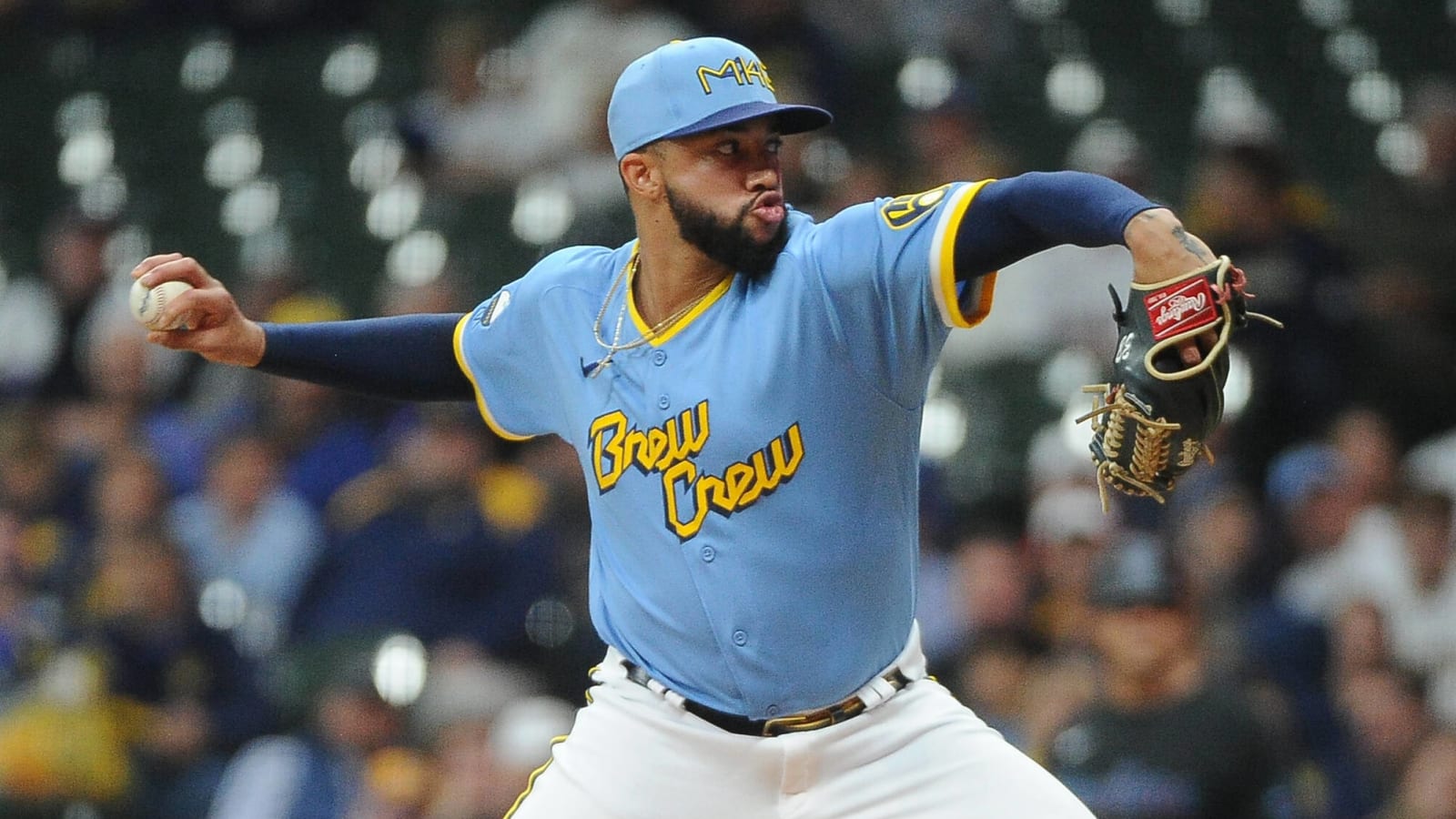
A new rule coming to Major League Baseball this season is the implementation of a pitch clock. The rule states that pitchers will have 15 seconds to throw a pitch with the bases empty and 20 seconds with a runner on base. If the motion to begin throwing has not been started upon expiration of the clock, a ball will be added to the pitch count. Of all the Brewers pitchers, there are two players that may be impacted the most.
Statistics for this article were taken from Baseball Savant. This website has a “timer equivalent” measurement that shows how long (in seconds) it took a player to start the motion of his delivery from when the ball was received in his glove. This is when the pitch clock will start in 2023.
Brewers pitcher #1 that may be impacted by pitch clock: Devin Williams
Among all qualified pitchers last season, Williams was the fifth slowest in regards to timer equivalence in 2022 with no runners on. It took Williams 18.7 seconds to deliver a pitch with the bases empty. When there was a runner on, that number rose to 24.5 seconds.
Both of those are in violation of the pitch-clock rules that give players 15 seconds with nobody on and 20 seconds with runners on. He will need to shave 3.7 seconds off when there are no runners on and 4.5 seconds when a runner is on base.
Per Dominic Controneo and Sophia Minnaert, Williams is already working on this at Brewers camp. Here is a video of him with a timer. The Brewers also had a visible pitch clock running as well.
Taped some of Devin Williams' live ABs on Thursday to get a feel for the pitch clock.
The #Brewers closer was the 5th-slowest pitcher in the game with projected clock adjustments last season per Statcast.
Bases empty = 15 sec/Runners on = 20 sec from when you receive the ball pic.twitter.com/RwWI1lIfdn
— Dominic Cotroneo (@Dom_Cotroneo) February 24, 2023
Pitch clock and airbender. All pitchers getting a feel for pitch clocks to make adjustments before games. pic.twitter.com/I2sZBTq7TE
— Sophia Minnaert (@SophiaMinnaert) February 23, 2023
Brewers pitcher #2 that may be impacted by pitch clock: Corbin Burnes
According to last year’s data, Burnes may have to shave off a fraction of a second with nobody on base. Burnes’ timer equivalence in 2022 with no runners on base was 15.1 seconds. This just barely misses the new timing/tempo standard. With runners on base, Burnes was at 19.2 seconds last year. This is currently under the allotted 20 seconds.
On the mound, Burnes has been strictly operating out of the stretch over the past few seasons. He tends to rock back and forth prior to coming set on the rubber. How much motion happens before he becomes set may have to be slightly adjusted in order to avoid any penalties.
According to the Baseball Savant data, no other Brewers pitchers fell within violation of the pitch clock rules based on last year’s numbers. Still, seeing a timer behind home plate may make some players feel rushed and may cause discomfort at first. It will be interesting to see how the players respond to this rule change.
More must-reads:
- Christian Yelich shares unconventional prep for 2023 season
- Brewers outfielder dealing with sprained elbow
- The 'No. 1 overall pick in the MLB Draft' quiz
Breaking News
Customize Your Newsletter
 +
+
Get the latest news and rumors, customized to your favorite sports and teams. Emailed daily. Always free!

